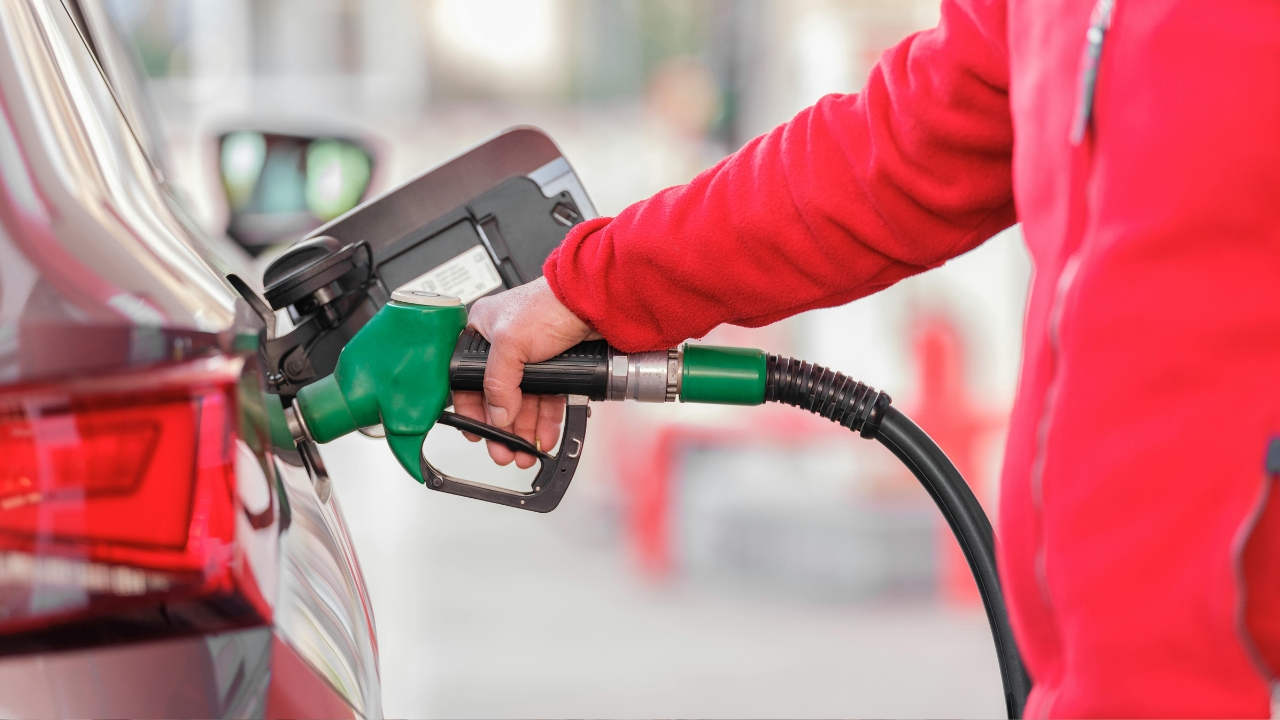The federal government, following discussions with the International Monetary Fund (IMF), has reached an agreement with the creditor to increase the domestic Petroleum Development Levy (PDL) to over Rs100 per litre. According to reports, the international lender expects Pakistan to make this change in fiscal year (FY) 2025-26.
Reports indicate that proceeds from the PDL will be directed towards power sector subsidies and payments to reduce the country’s ballooning circular debt. This will result in a massive hike in the PDL, which is Rs78 per litre and Rs77 per litre for petrol and diesel, respectively.
Reports reveal that the hiking of the PDL is in line with the federal government's initiatives as lawmakers intend to fund electric vehicle and power subsidies via proceeds from non-tax revenues. Moreover, it is part of the IMF’s Extended Fund Facility Program, and if followed correctly, it will allow Islamabad to greatly consolidate its fiscal position.
This move may pave the way for Pakistan to curb fuel imports, reducing the current trade deficit. However, many analysts believe that the demand for fuel is inelastic, resulting in only a minor drop in domestic consumption of the commodity - this could allow for a significant boost in government revenues.
The PDL has recently witnessed a series of increments, rising from Rs60 per litre in July 2024 to its current high of Rs80 per litre. According to reports, this Rs20 rupee hike, spread out over 10 months, resulted in the government obtaining an additional Rs1 trillion in revenue.
Islamabad had initially planned to bring in a whopping Rs1.281 trillion via the levy by the end of the FY. Moreover, the levies on fuel are not limited to the PDL as the government intends to impose a carbon levy on petrol and diesel, standing at Rs5 per litre.
Reports suggest that the government intends to abolish the ceiling on the Debt Service Surchage (DSS) on power bills by the end of FY 2024-25. The ceiling stands at 10 percent, and if removed, may greatly alleviate the cash-strapped nation’s rising circular debt stock.
To counter the circular debt problem, the government intends to pass fuel cost pass-throughs and regular tariff adjustments onto users of the national grid. This could result in the general public facing higher power bills, thereby reducing household purchasing power.
